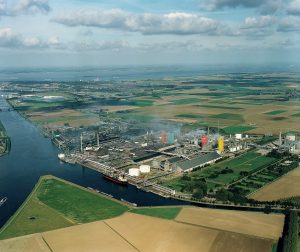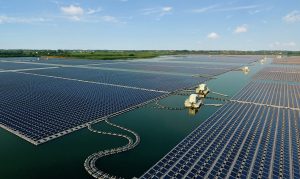
Price Trends
Market Insight courtesy of Argus Media

Market Insight courtesy of Argus Media

Switzerland-based EuroChem Group AG says it has entered into exclusive negotiations to acquire the nitrogen business of the Borealis group, after having submitted a binding offer. One of Europe’s leading fertilizer producers, Borealis operates fertilizer plants in Germany, Austria and France, as well as more than 50 distribution points across Europe. It supplies 3.9 million tonnes of fertilizer products per year, including 800,000 t/a of technical nitrogen solutions and 150,000 t/a of melamine via the Borealis LAT distribution network. It is a market leader in melamine, with its operations in Austria and Germany supplying primarily the woodworking industry. EuroChem says that melamine and technical nitrogen solutions represent important new business lines for the company to expand its nitrogen-based product portfolio in Europe.

Saipem, Stamicarbon, Toyo Engineering Corporation and KBR showcase recent projects and latest technology for urea and nitric acid plants.

Dr M.P. Sukumaran Nair, formerly Secretary to Chief Minister, Kerala and Chairman, Public Sector Restructuring & Audit Board, Government of Kerala looks at the impact of the conflict in Ukraine on supply of fertilizer to India and the world.

INEOS says that it is aiming to forward its plans for a ‘net zero’ future for its Grangemouth site in Scotland by inviting major engineering design contractors to tender for the next stage of the design of a world scale carbon capture enabled hydrogen plant and associated infrastructure.

The CRU Nitrogen + Syngas Conference returns to Berlin for a live event from 28-30 March 2022. The conference will be run as a hybrid event giving participants the option to attend live in-person or online via the virtual platform.

High feedstock prices and regulatory burdens continue to put pressure on European nitrogen producers to innovate.

New innovations, services and latest technologies to improve the operation and reliability of steam methane reformers from AMETEK Land, Kontrolltechnik, BD Energy Systems, Koch Engineered Solutions, and Quest integrity.

Haldor Topsoe has appointed Elena Scaltritti as the company’s new chief commercial officer. She will take up her new position no later than July 1st, 2022. She has previously been executive vice president at Korea’s SONGWON Industrial Group, where she was responsible for the group’s commercial activities.

The COP-26 summit in Glasgow last year signed into force new rules on carbon emissions trading which may gradually start to see carbon pricing spread worldwide, with knock-on effects on emissions intensive industries like ammonia and methanol.